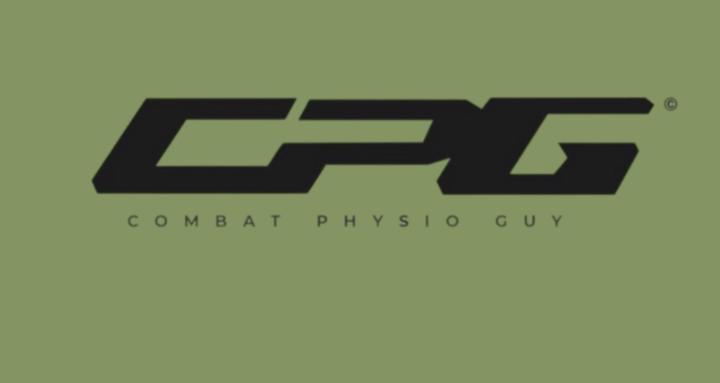Jul 15 • ALLIED HEALTH BUSINESS BLOCK
WHY STICKING TO A TREATMENT SEQUENCE MATTERS (CLINICALLY & PSYCHOLOGICALLY)
Too many practitioners change the game plan too early. But your treatment sequence isn’t just a clinical roadmap - it’s a psychological contract.
Here’s why 👇
1. Structure Breeds Safety 🧠
- When clients see a clear, step-by-step sequence, they feel safe.
- It gives their nervous system certainty.
- It builds trust in you, and belief in the process.
Changing the plan too early = sabotaging momentum.
2. Emotional Investment is a Tool ❤️
- When clients can see progress on a set path, they start to care.
- They commit. They show up. They do the work.
- This emotional buy-in makes them less likely to drop off or self-discharge prematurely.
“I’m at phase 3 of 6” feels powerful - like a journey they want to finish.
3. Jumping Around Creates Confusion ❌
When we switch approaches too often (manual > dry needling > strength > back to manual), clients get mixed messages:
“Is this working?”
“Are we guessing?”
“Why hasn’t it improved yet?”
Stick to the sequence, even if it’s not exciting every session.
4. Clinical Effectiveness Still Comes First ✅
- This isn’t about being rigid—it’s about being intentional.
- If something needs to change, explain why, and how it still fits into the bigger plan.
- The structure is flexible—but not chaotic.
To summarise:
- Your treatment plan is more than a plan.
- It’s a promise, a story arc, and a motivational framework.
- Don’t change it just because things “plateau”- double down, reinforce, and refocus.
👉🏼 PDF version of this under “Treatment Notes” in the classroom.
3
2 comments

skool.com/cpguniversity
The All-Rounder Blueprint: An exclusive community with a step-by-step system for health pros to be fully booked, clinic-wide weapons—all year round!
Powered by
